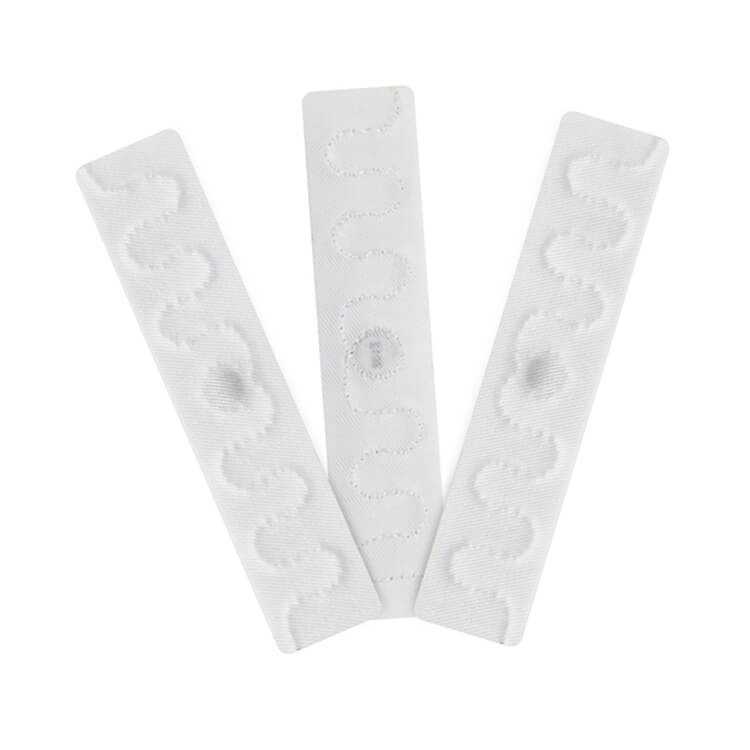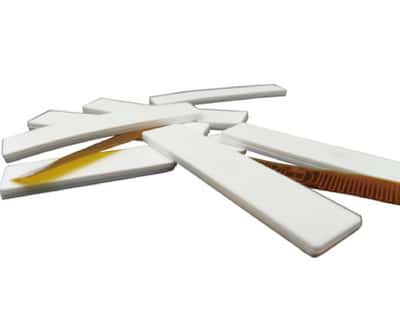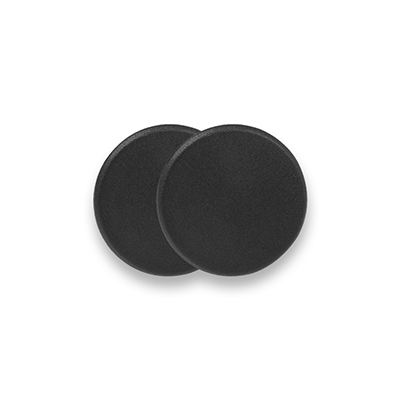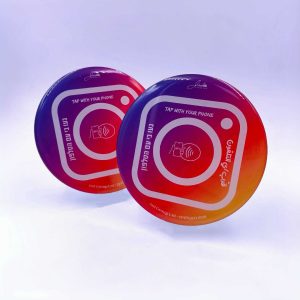Radio Frequency Identification (RFID) tags are used for a variety of purposes, including inventory tracking and access control identification. However, what exactly do RFID Tags contain? In this post, we will examine the various RFID tag components and the materials from which they are constructed.
The Microprocessor
A RFID transponder’s microchip is composed of silicon. Silicon is the material of choice for the majority of electronic components due to its durability and resistance to extreme temperatures, making it ideal for RFID transponders. The chip includes a serial number that can be used to identify or track RFID-tagged items.
This is the antenna
The antenna is responsible for transmitting and receiving data from and to a reader device on behalf of the chip. Depending on the application and other requirements, it can be made of etched copper, aluminum, or conductive ink. For outdoor applications, aluminum antennas are typically preferred over copper or conductive ink antennas due to their greater durability.
Substrate & Label
Once the chip and antenna have been designed and built, they are typically placed on a PET or paper substrate. This inlay is typically inserted into a printable label to produce an RFID transponder that can be attached to a product or item. Depending on the application for which the tag will be used, there may be specific requirements for the substrate material used to ensure the tag’s durability and performance over time.
Other Resources
RFID transponders have been used for a variety of purposes over the years, so they have been embedded in hard plastic and ceramic to protect them from heat and physical damage, respectively. Some tags, such as Armored-RFID tags, can be embedded in metal, making them suitable for harsh environments where traditional tags would not survive.
Radio Frequency Identification (RFID) tags are small but potent devices that enable us to track items precisely and with ease. These devices are comprised of silicon microchips, antennas made from etched copper, aluminum, or conductive ink, PET/paper substrates, and labels printed with information about the contents of each tag.
Depending on how it will be used and the environment it must endure, additional materials such as hard plastic or ceramic for extreme temperatures or metal for harsh industrial settings may be required. Understanding what each component does and how each material contributes enables us to ensure that our RFID tags will function properly in any environment!
















